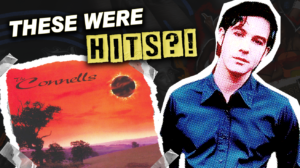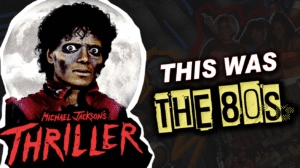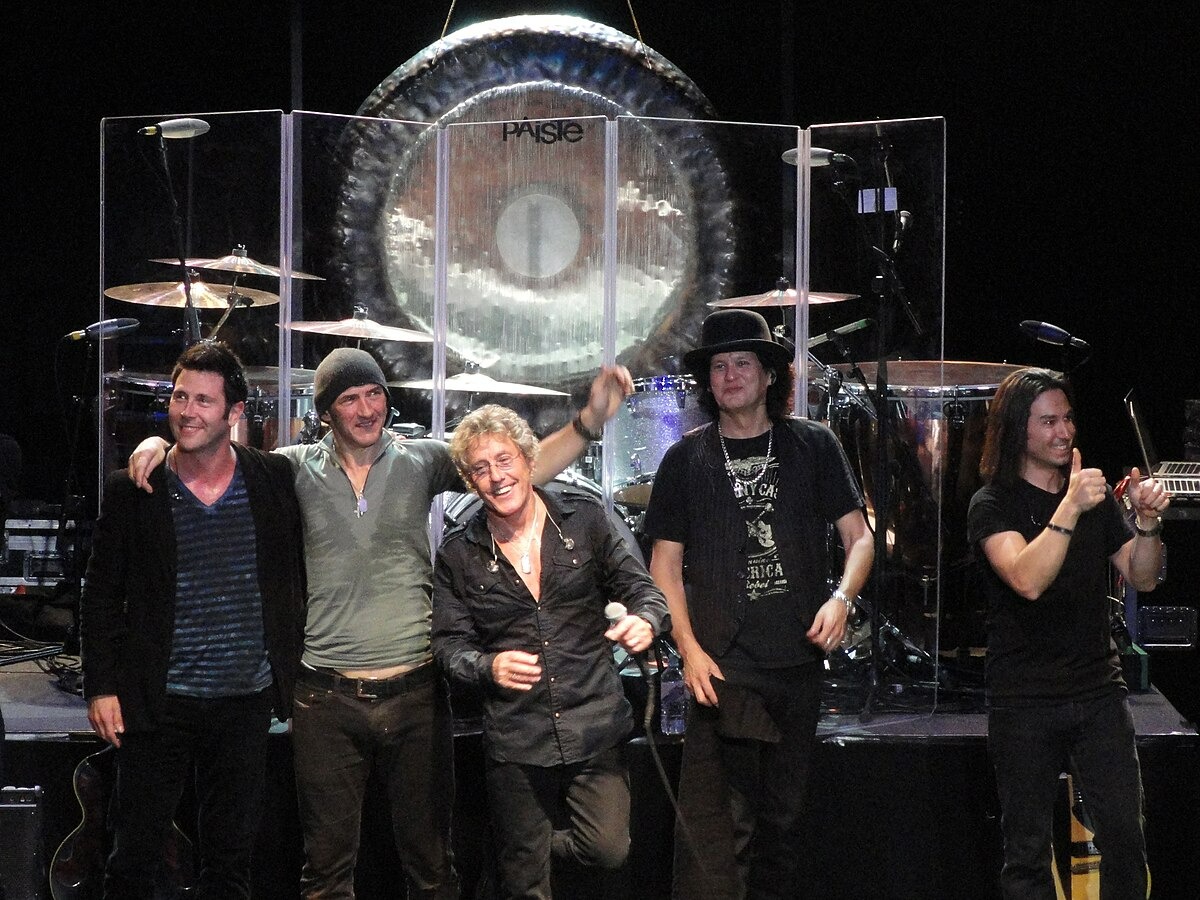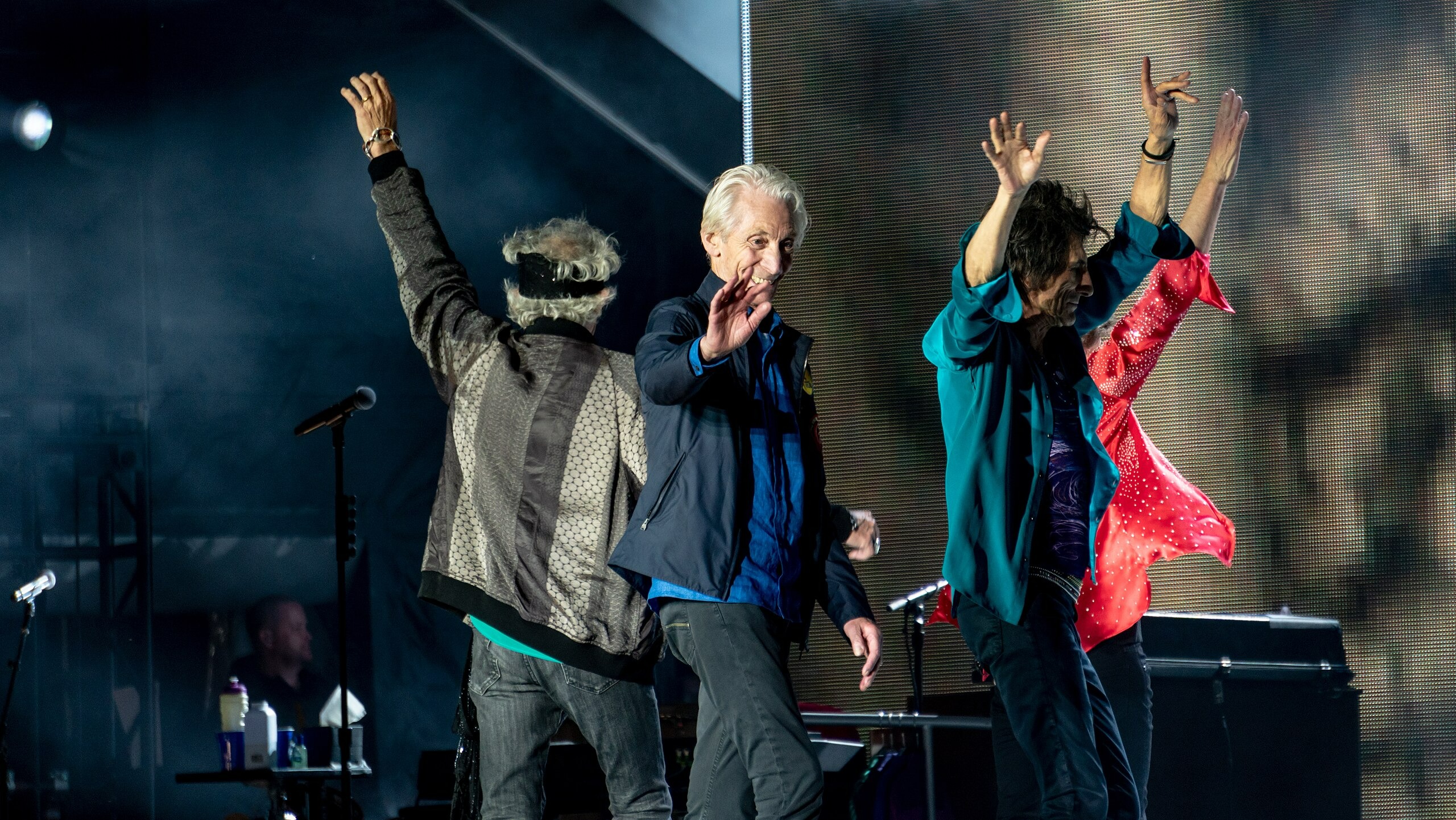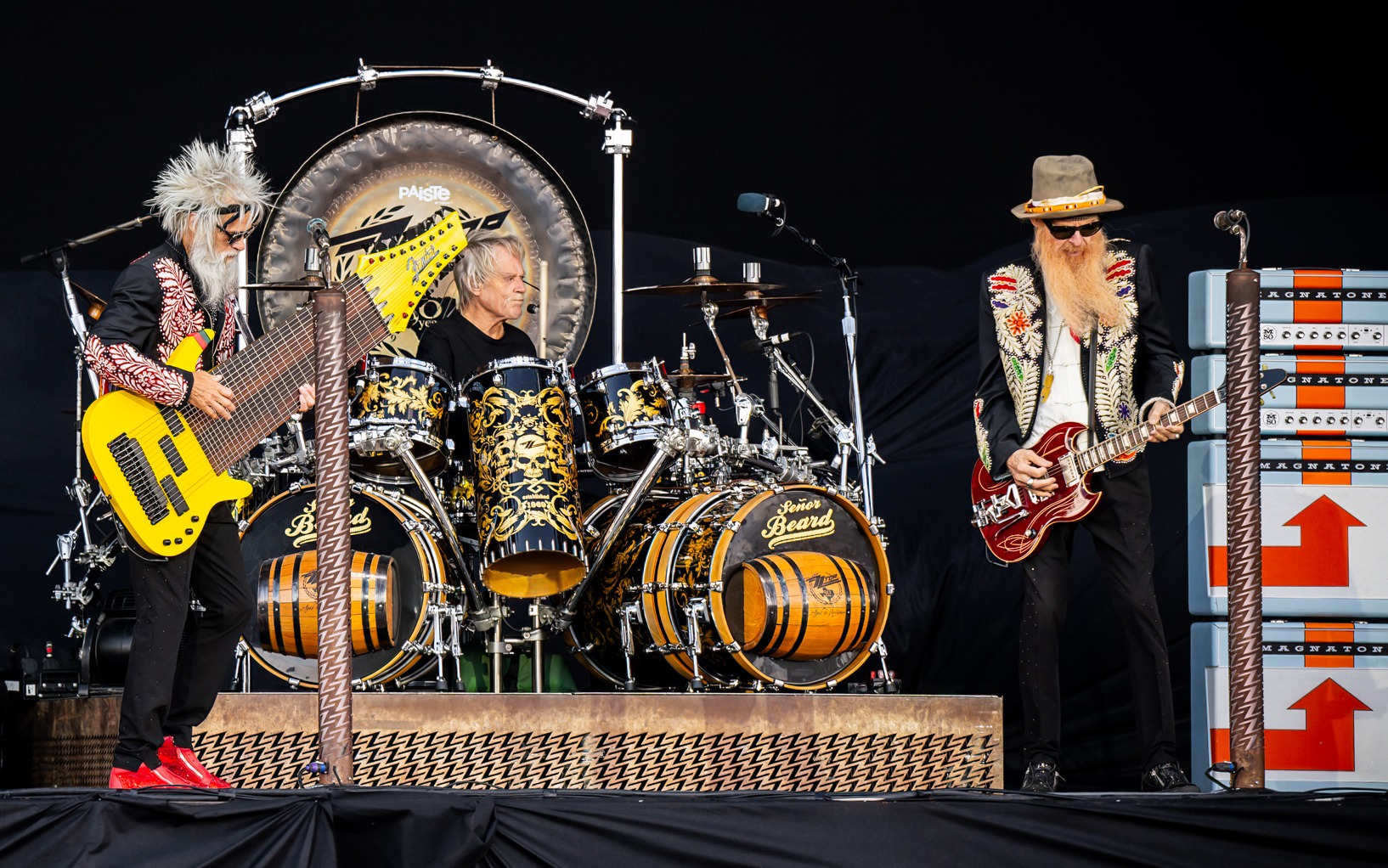
The year 1969 didn’t just deliver great rock songs—it rewrote the entire playbook. While Woodstock grabbed headlines and the Beatles were busy imploding, a collection of tracks emerged that would influence everything from punk’s primal scream to prog rock’s cosmic ambitions. These weren’t just chart hits; they were sonic blueprints for genres that didn’t even exist yet.
10. “Volunteers” by Jefferson Airplane
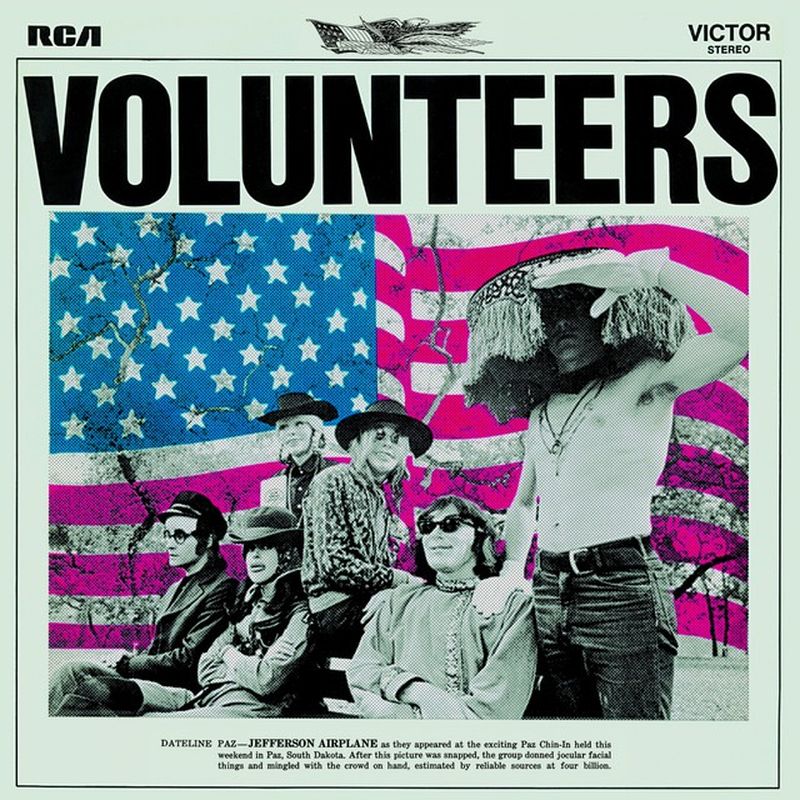
Jefferson Airplane turned youth activism into a three-minute anthem that hit harder than any protest sign. Co-written by Marty Balin and Paul Kantner, “Volunteers” captured the Vietnam War-era unrest with driving rock that made every festival crowd feel like revolutionaries. The band’s Woodstock performance cemented this track as the official soundtrack for anyone ready to tear down the establishment. Decades later, it still sounds like the moment counterculture found its voice.
9. “Honky Tonk Women” by The Rolling Stones
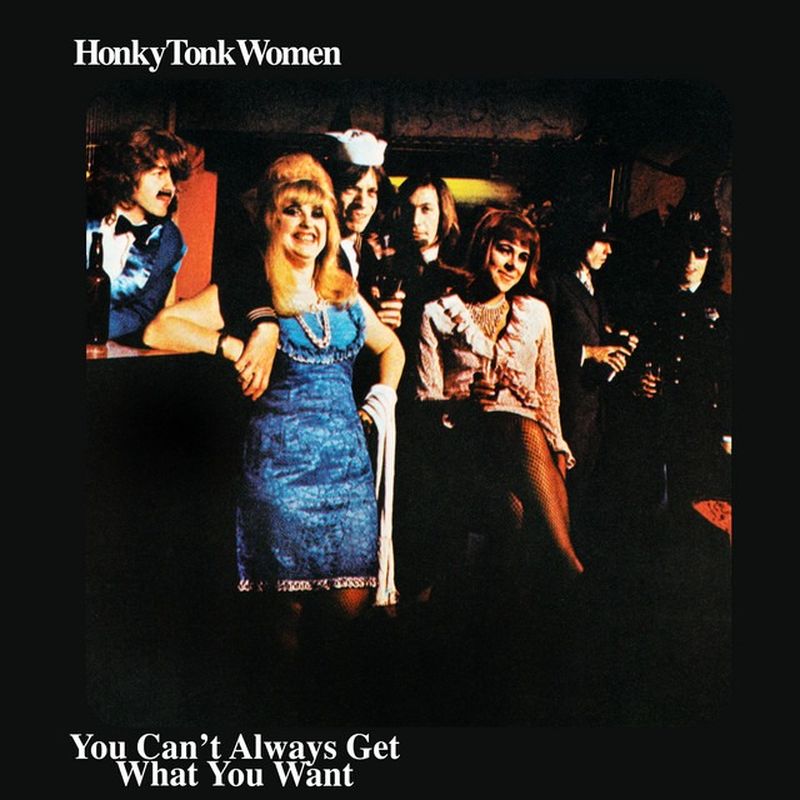
The Stones took a trip to Brazil, picked up some country vibes, and returned with a cowbell-driven masterpiece that redefined their sound. Mick Jagger and Keith Richards crafted lyrics that painted saloon scenes with rock star attitude, while newcomer Mick Taylor’s guitar work added the perfect edge. That signature cowbell intro became as recognizable as Jagger’s strut, proving the band could blend genres without losing their rebellious core.
8. “Suite: Judy Blue Eyes” by Crosby, Stills & Nash
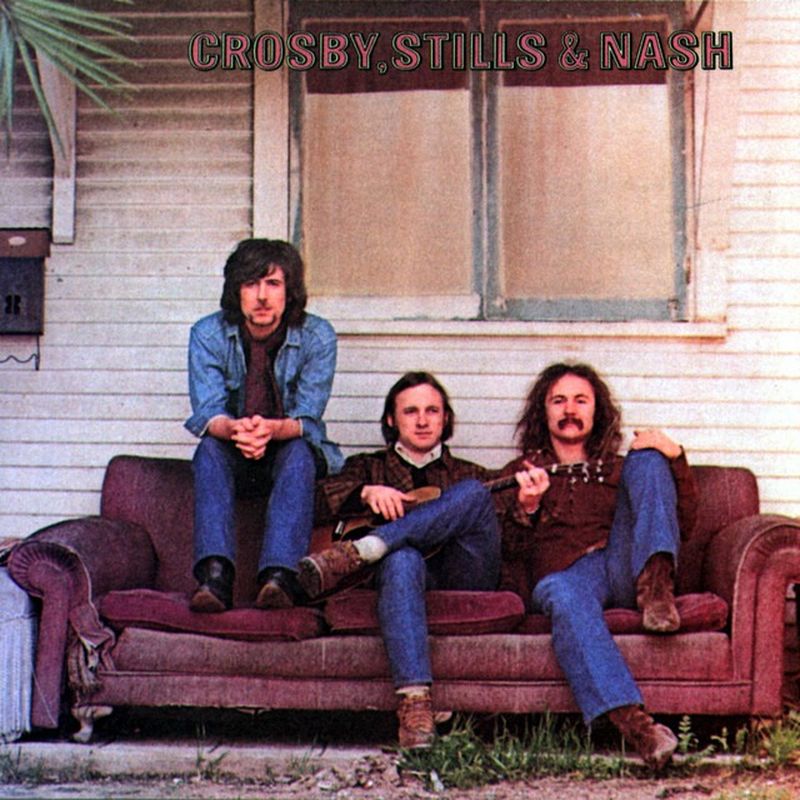
Stephen Stills transformed his relationship with Judy Collins into a complex musical tapestry that showcased what three voices could accomplish together. The song’s shifting sections and intricate harmonies established the template for sophisticated folk-rock, proving that acoustic music could be just as adventurous as electric. Those vocal arrangements became the gold standard for harmony-driven bands that followed.
7. “Bad Moon Rising” by Creedence Clearwater Revival
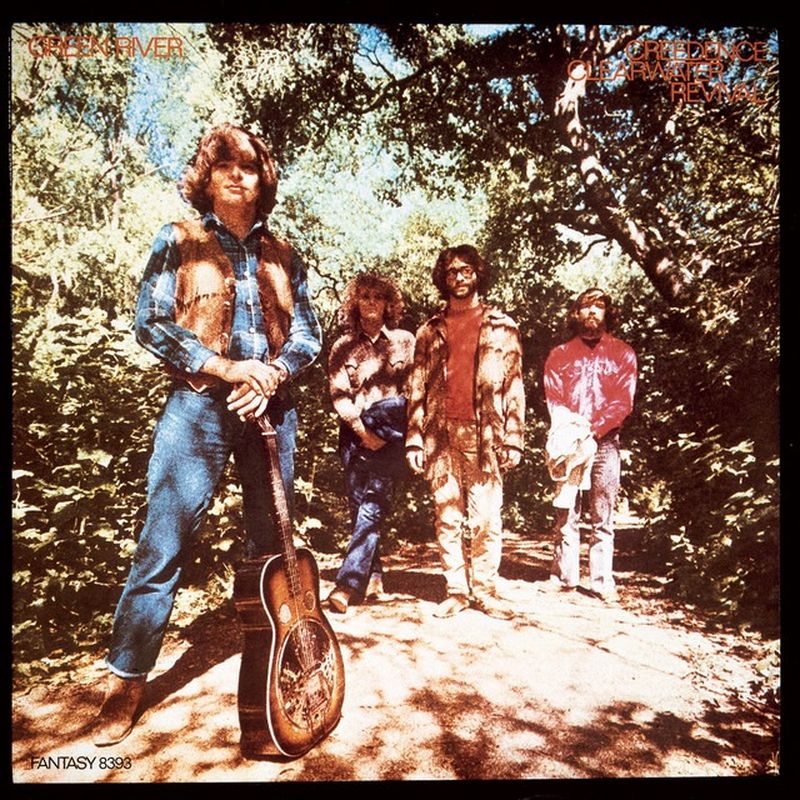
John Fogerty pulled off the ultimate musical sleight of hand, wrapping doom-laden predictions in such an irresistible groove that radio stations played it constantly. The song’s upbeat swamp-rock sound masked lyrics about impending catastrophe, creating a perfect soundtrack for an anxious era. CCR proved that protest music didn’t need to sound depressing—sometimes the most subversive move is making apocalypse sound like a good time.
6. “I Want to Be Your Dog” by The Stooges
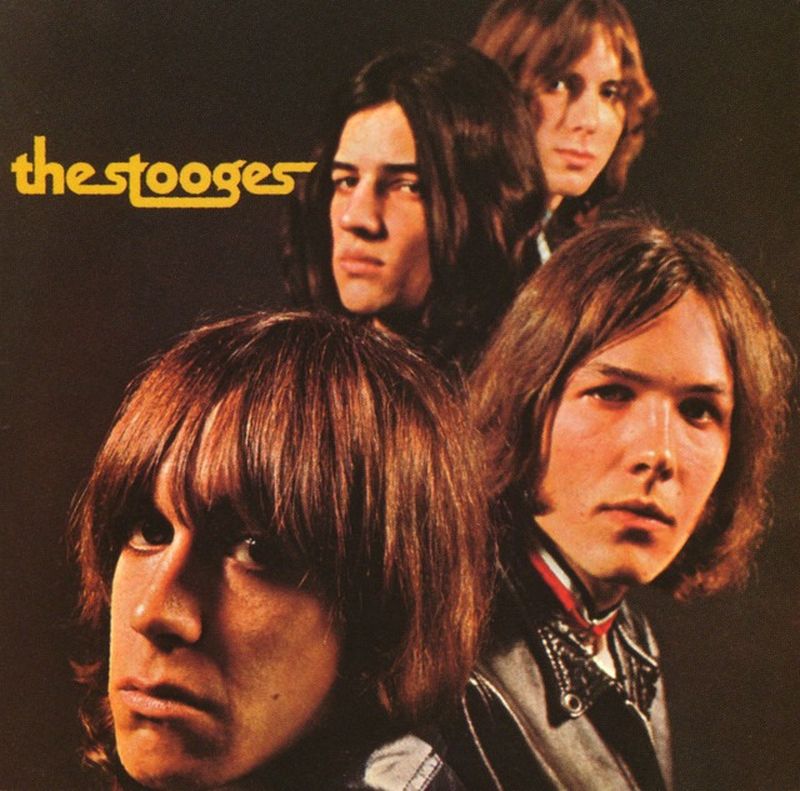
Iggy Pop and The Stooges stripped rock down to its primal core, creating something so unrefined it sounded like it came from the future. The song’s hypnotic repetition and unpolished energy broke every rule about how rock should sound, introducing an emotional directness that would inspire punk, grunge, and alternative rock. While other bands were getting more complex, The Stooges proved that sometimes the most revolutionary act is getting simpler.
5. “21st Century Schizoid Man” by King Crimson
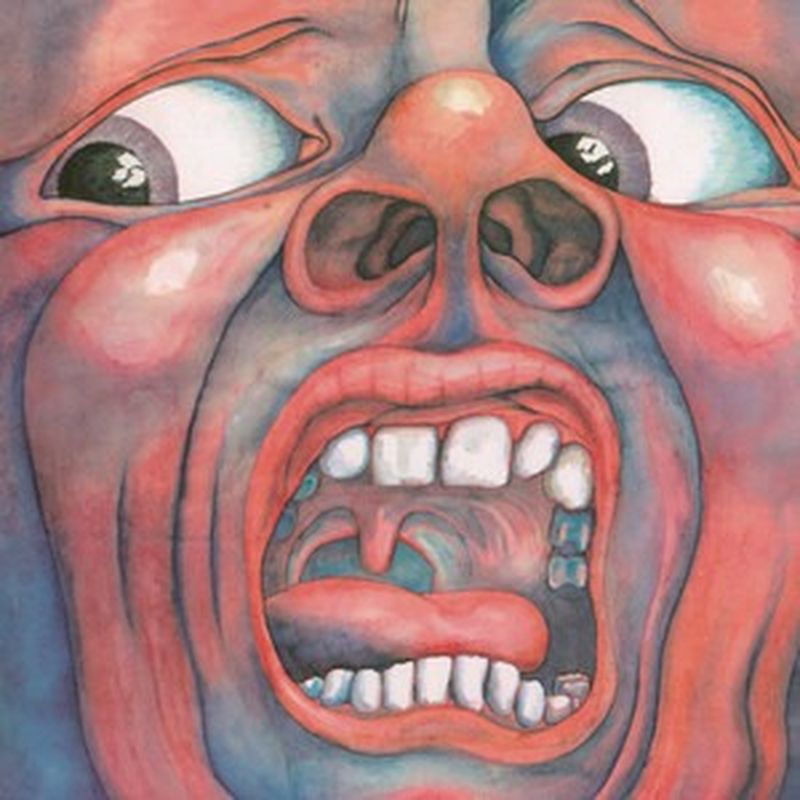
King Crimson launched progressive rock into orbit with this chaotic, boundary-smashing opener that combined Greg Lake’s powerful vocals with Robert Fripp’s experimental guitar work. The song’s jazz-influenced complexity and dystopian lyrics created a template for art-rock that bands are still trying to decode. It proved that rock could be intellectually challenging without losing its emotional impact.
4. “Everyday People” by Sly and the Family Stone
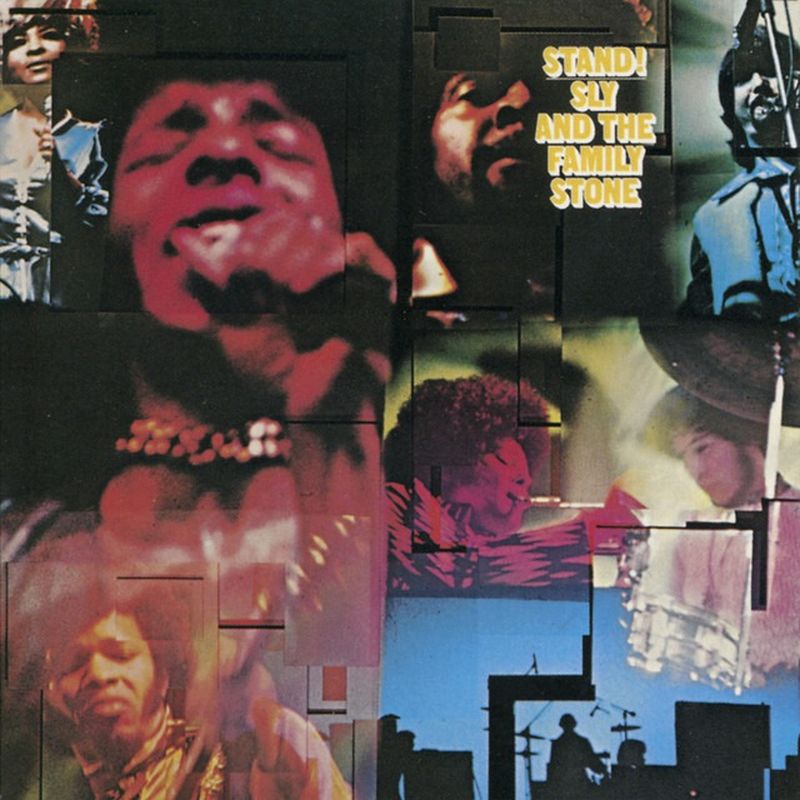
Sly Stone created more than just a dance track—he delivered a philosophical statement on equality that resonated across racial and cultural divides. The song’s fusion of funk, soul, and rock established a new template for inclusive music that promoted unity through its very sound. During one of America’s most divided eras, “Everyday People” proved that music could be both a party and a movement.
3. “Touch Me” by The Doors
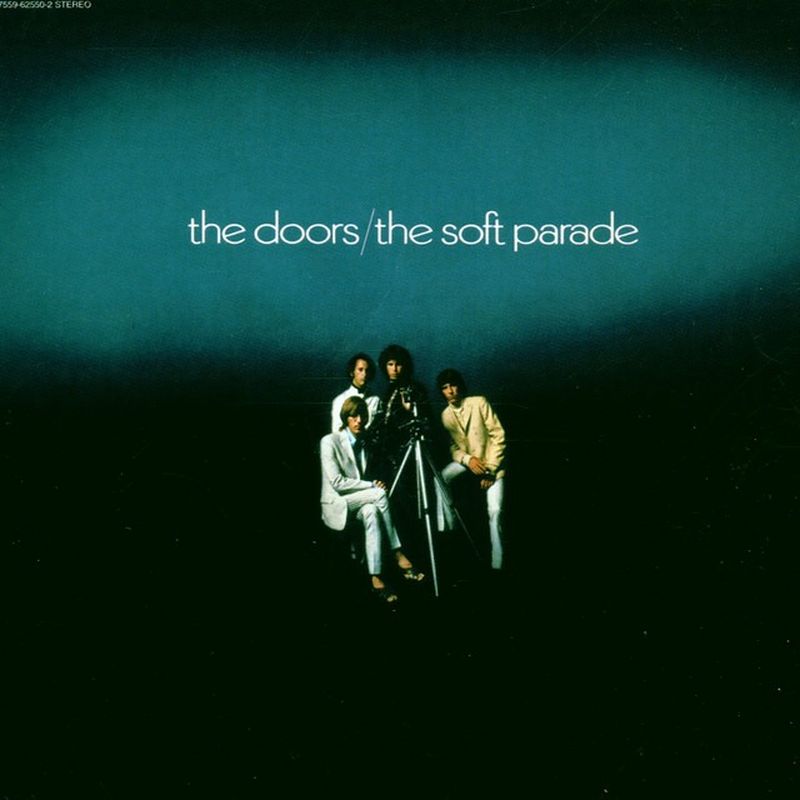
The Doors expanded their sound with brass arrangements and orchestration, proving they could evolve beyond their established formula. Jim Morrison’s vocal charisma anchored the track’s more commercial approach, showing the band’s ability to adapt without losing their edge. This stylistic evolution demonstrated that even the most distinctive bands could grow while maintaining their essential identity.
2. “Good Times Bad Times” by Led Zeppelin
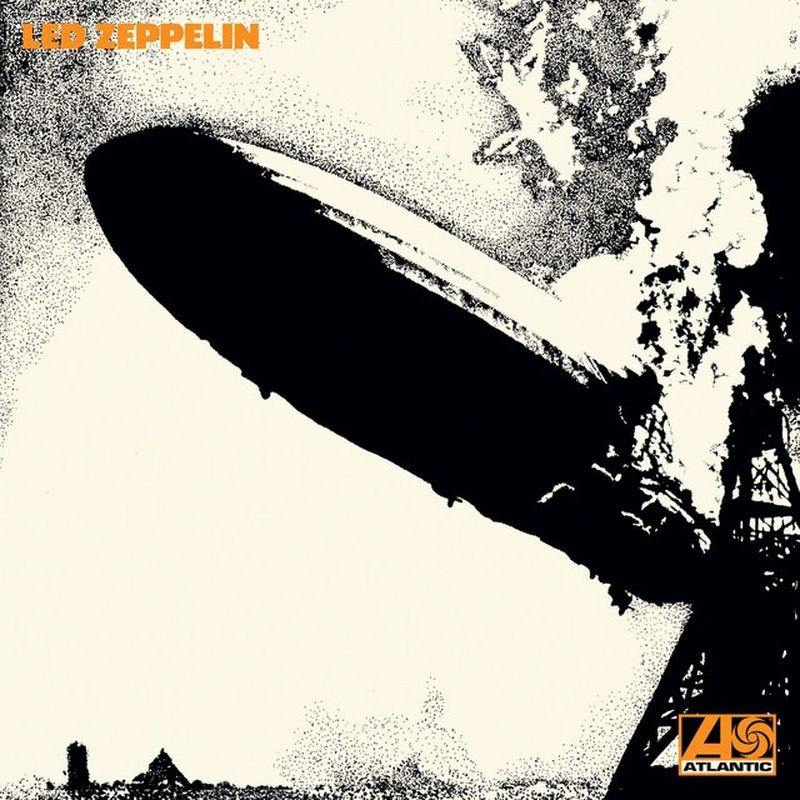
Led Zeppelin’s debut single introduced the world to a new level of sonic power, with John Bonham’s legendary drumming and Jimmy Page’s guitar mastery setting a new standard for hard rock. The track’s high-octane energy and technical excellence established the blueprint for heavy music that countless bands would follow. This was the moment hard rock found its voice and announced its ambitions.
1. “Come Together” by The Beatles
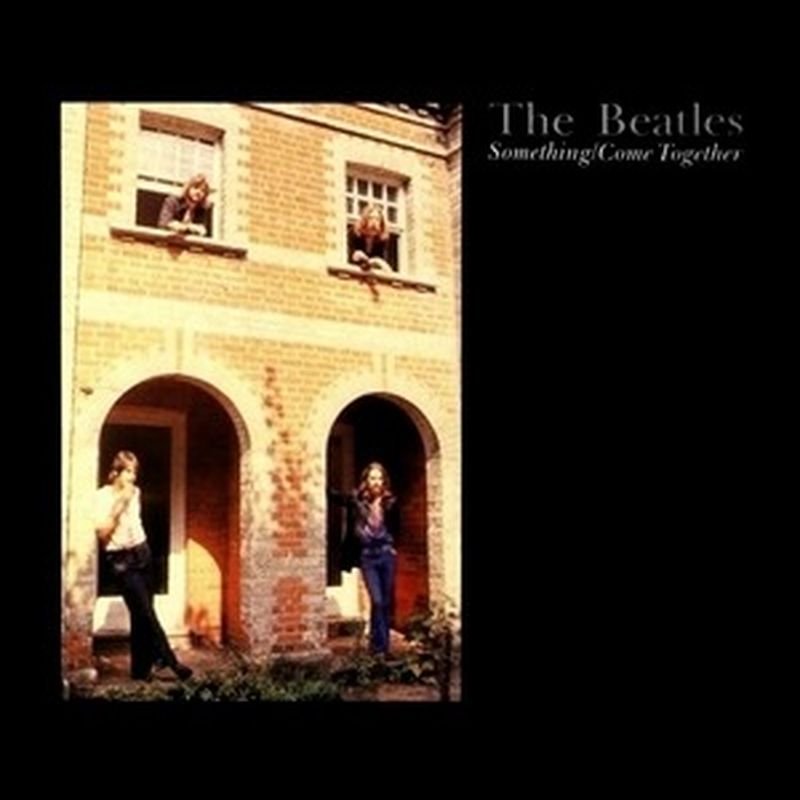
The Beatles proved they could still innovate with Paul McCartney’s hypnotic bass line anchoring John Lennon’s most enigmatic vocals. Originally conceived as a campaign song for Timothy Leary, the track evolved into a groovy, mysterious statement that influenced everyone from funk pioneers to indie rockers. Even as the band was falling apart, they were still creating music that would shape popular culture for decades.




